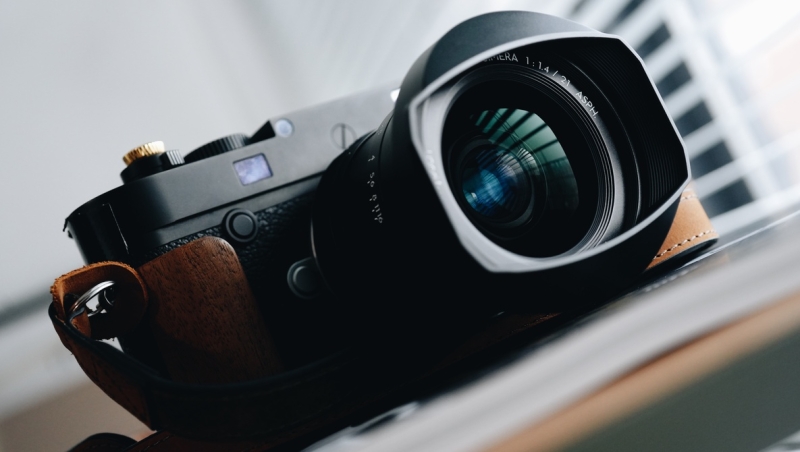The new Thypoch Simera 21mm f/1.4 lens isn’t a thing of subtlety. It’s heavy, unapologetically mechanical, and it demands a bit of muzzle discipline when carrying it around. Forget where you’re pointing it, and you may end up either receiving or handing out some bruises. And arguably, it’s not for everyone; it’s a big chunk of metal hanging off the end of your camera. It stands out, and if you’re looking for subtlety, there are other lenses—smaller lenses—that might fit the bill.
On paper, the 21mm f/1.4 is already indulgent—a wide angle lens with a gaping aperture meant for low light and dramatic depth. But unlike other guilty pleasures, this one earns its keep.
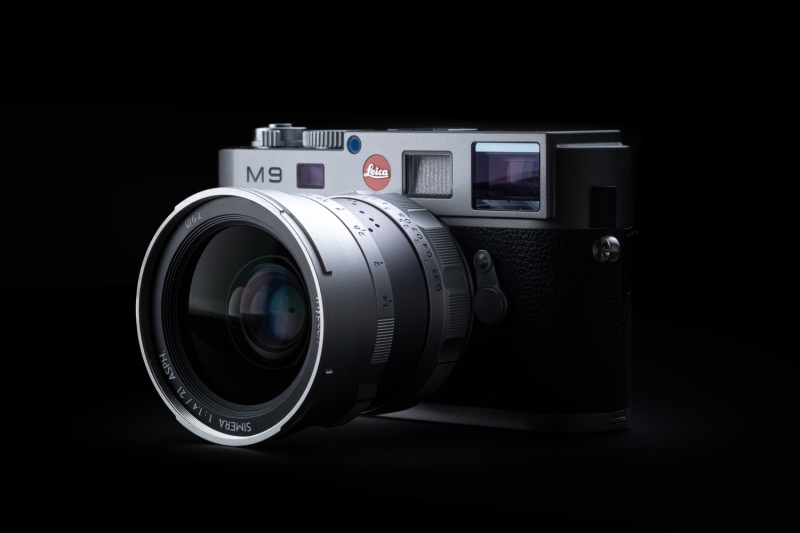
Even wide open, the Simera bites hard at the center, while corners improve significantly by f/4 and look fantastic by f/8. And that close-focus ability opens up new storytelling possibilities—environmental portraits with exaggerated perspective, objects that loom large against blurred backdrops.
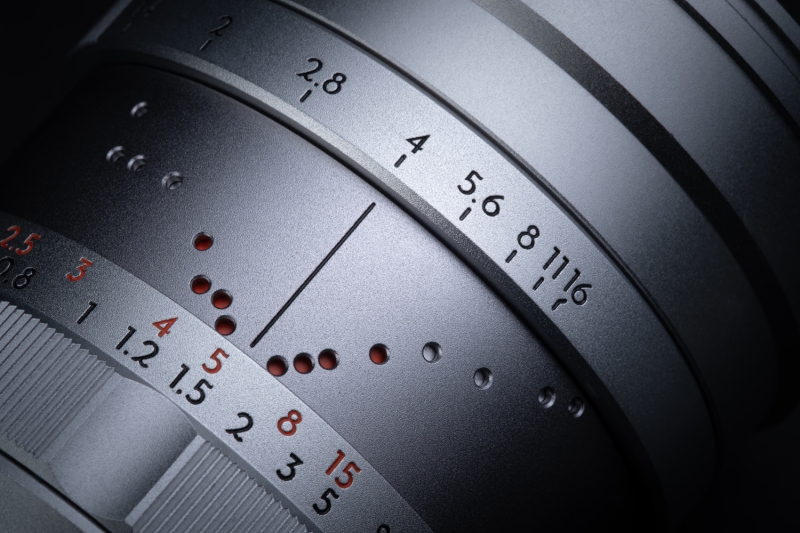
A few weeks ago I was provided a loaner sample of the new lens. It’s not the first time I’ve played with Thypoch gear. A year and change back, I was able to check out their 35mm f/1.4. You can see the lineage derived from one lens to the next; the metal focusing ring and depth of field scale all carry over from their prior creations. However, this iteration wasn’t without some improvements in areas where I was previously critical: the lens seats perfectly well on both my M3 and MP without any wiggle or give, and a switch has been added on the aperture ring to allow for both clicking and clickless adjustments. I’m a tactile sort of guy: I like my keyboards mechanical and my aperture rings giving me physical feedback—but if you’re going to use this for video, you’ll need the option of adjusting it silently.
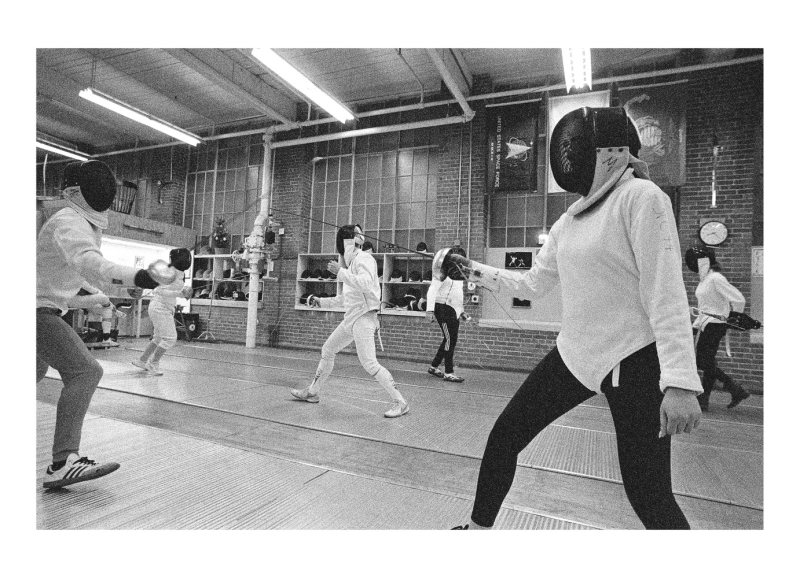
So let’s talk about the optics. I brought this with me for my fencing classes, boating in D.C., and around the city over a period of several weeks. It stood up to travel and a fair amount of everyday abuse without much complaint—focusing seemed consistent throughout without the need for adjustments. Wide open at f/1.4, it’s not just good—it’s shocking. Sharp where it matters, creamy where you want it, with a bokeh that doesn’t strain the eye or become a distraction. According to Thypoch, it features a “floating design [that] delivers smooth separation, soft bokeh, and near-zero distortion. From edge-to-edge sharpness to rich low-light textures, it blends wide perspectives with fine detail—perfect for storytelling.” And while I like to think of myself as appropriately cynical when it comes to corporate hyperbole, I find it hard to argue against their claims here.
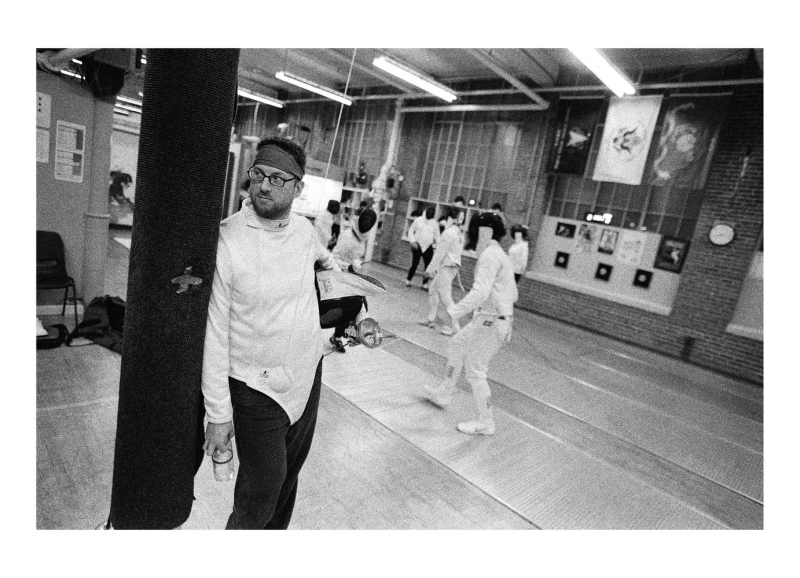
Handling? Mostly excellent. The focus ring offers ~120° of throw—smooth and deliberate, with a hard stop at infinity and a distinct click at 0.7 m to warn when you’ve left rangefinder coupling. No focus tab, no infinity lock, and a sturdy aperture ring with a clever de-click lever for video work. The lens blocks part of your viewfinder on M-bodies, but that’s par for the course for lenses of this size. Again, it ain’t subtle.
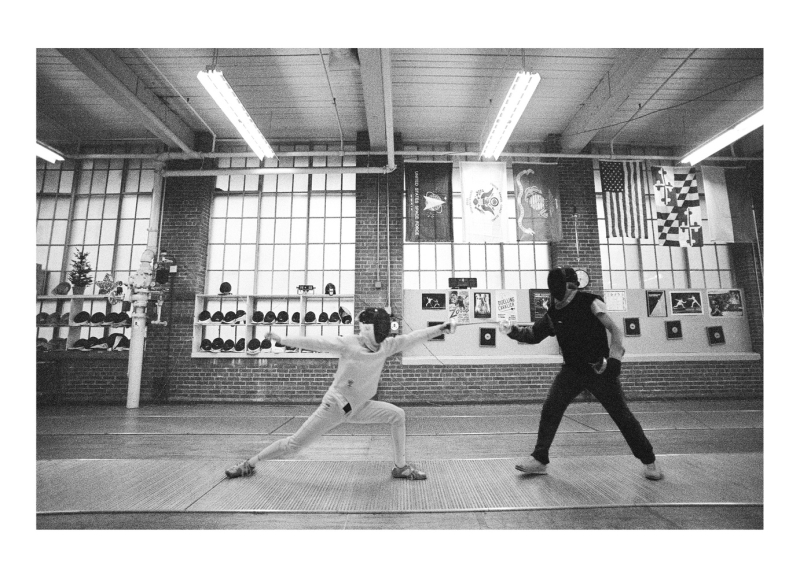
Performance is where the Simera really leans in. Vignetting? Heavy at f/1.4 (3.6 stops), though better by f/2.8, and yes, distortion exists—some noticeable pincushion—but nothing Lightroom can’t fix. The good news: flare resistance is solid, even with strong light sources in the frame, and coma control is excellent. Compared to Voigtländer’s 21mm Nokton, this lens trades a bit of infinity sharpness on M-bodies for closer focus and better CA/coma correction—and it costs significantly less than a Leica Summilux.

What Could Be Better
As good as the Simera 21mm f/1.4 is, it’s not without its quirks. Vignetting is the big one—3.6 stops wide open is noticeable, and while some shooters love that moody falloff, others will be reaching for Lightroom sliders to even things out. The aperture ring feels solid, but the inconsistent click spacing makes adjusting by feel a guessing game in the dark. That much-touted 0.23 m minimum focus distance is a creative gift, but the short 120° focus throw means nailing critical focus up close can feel twitchy. None of these are dealbreakers, but they’re reminders that this lens demands compromise alongside its strengths.
Final Verdict
The Thypoch Simera 21mm f/1.4 ASPH is a statement—hard lines of brutalist architecture set against the classic build of my M bodies. It’s not always the sharpest tool at infinity, but I’d argue that’s a wiggle; a tradeoff even—between character and sterile perfection. It leans into that character without sacrificing modern performance where it matters: coma correction, CA control, flare resistance, and close-focus versatility. At $999, it delivers image quality that punches way above its weight.
